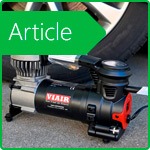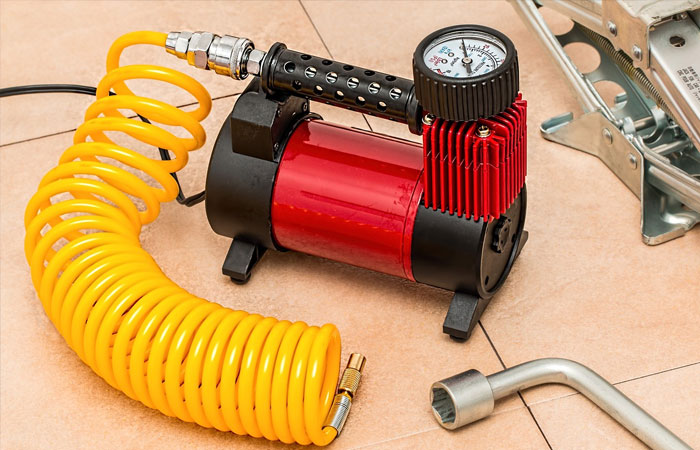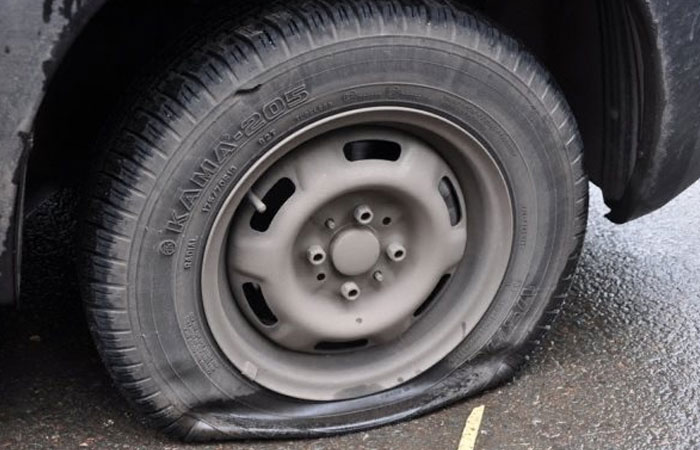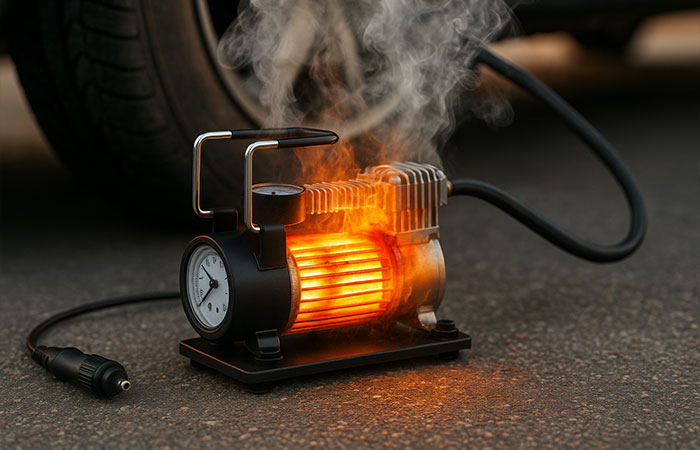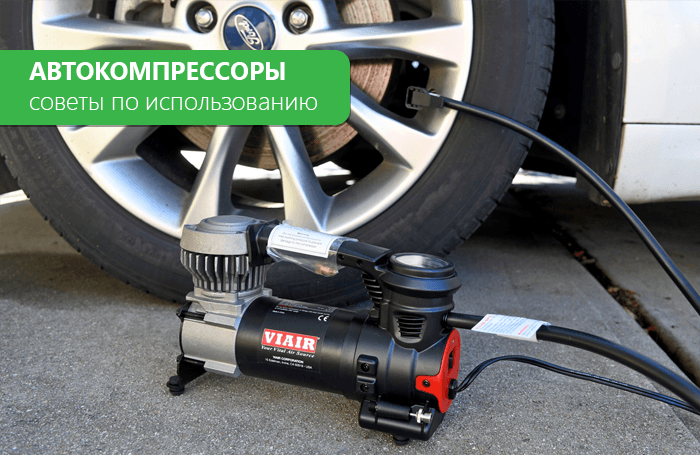Compressor broke after a year? Here's how to extend its lifespan
Car air compressor is an essential roadside assistant. But how long it lasts depends not only on the brand and price, but also on how it's used. Even an expensive model can fail within a year if basic rules are ignored. In this article — no lectures, just real tips that help keep a compressor running season after season.
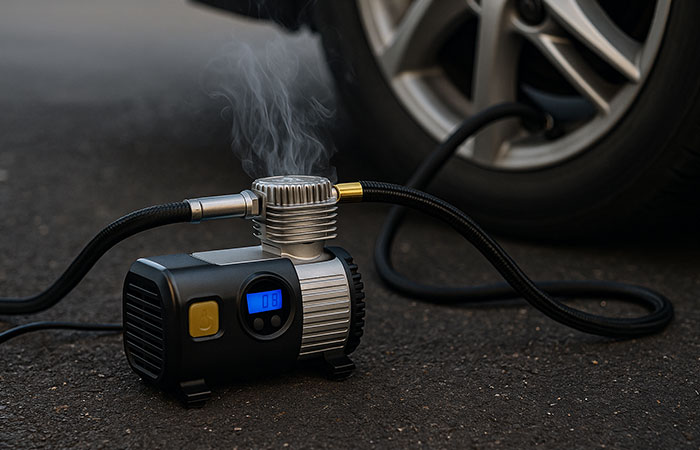
Mistake #1: Motor overheating
Most compressors are designed for 5–15 minutes of continuous operation. Then they must rest. Ignoring this rule leads to overheating, melting of parts, and power loss. If you inflate all tires in a row without a break, the compressor will "choke" under the load.
Solution: always take breaks, especially in summer. It's better to inflate two tires, let the unit cool for 5 minutes, then continue.
Mistake #2: Starting under load
Compressors — especially new or long-unused ones — should not be loaded immediately. Starting under pressure causes extra piston wear and motor strain.
Solution: before use, run the compressor unloaded for 20–30 seconds to allow lubricant to circulate and the system to clear. Then connect it to the tire.
Mistake #3: Storing in trunk without protection
Dust, moisture, condensation — all enemies of compressors. If the device rattles around in the trunk, freezes in winter, overheats in summer, and hoses get pinched — its lifespan drops dramatically.
Solution: store the compressor in a carrying case or container. Keep it away from sunlight and suspension components, especially if you often drive off-road.
Mistake #4: Using weak cigarette lighter socket
Old or cheap sockets can’t handle high power. If the compressor consumes more than 120–150 W, it can overload the circuit, blow fuses, or even melt the plug.
Solution: for powerful models, use battery clamps. It's more stable, safer, and useful for off-road or trailer use.
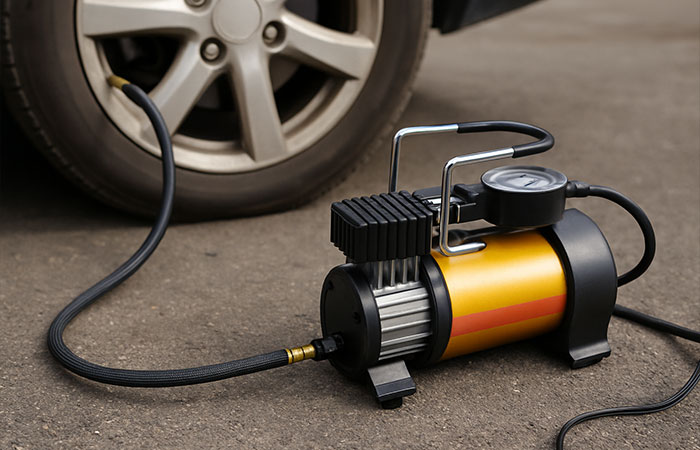
Mistake #5: Forgotten sealant
If a compressor is used after sealant has been inserted into the tire and the hose is not cleaned — it clogs. The dried sealant forms a plug, and after a few months the compressor will hum but not inflate.
Solution: after using sealant, always rinse the hose with warm water or blow it out with air. Otherwise, the compressor will be ruined.
Extra maintenance tips
- Every 2–3 months, run the compressor unloaded to keep the lubricant circulating.
- Check hoses for cracks and kinks — especially after frost.
- Store away from chemicals, oil, and fuel — these damage plastic and rubber.
- Check and replace fuses if needed — especially after voltage spikes.
When it’s time to replace the compressor
If the unit no longer inflates but the motor runs — the valves or hose may be blocked. That’s fixable. But if the motor won’t start, overheats, or has melted parts — it’s better to replace it.
Important: don’t buy the cheapest option as a replacement. A compressor is a safety item, especially on trips. Better to invest once in a quality model than replace it every few months.
Conclusion
A compressor is not a disposable item. With proper care, it can last 5 to even 10 years. The key — don’t overheat it, store it safely, use it wisely, and give it rest. Then it will support you through heat and cold — and never let you down at the worst moment.
-
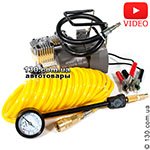 Tire inflator Berkut R17Buy4596 ₴ 4279 ₴
Tire inflator Berkut R17Buy4596 ₴ 4279 ₴ -
 Tire inflator Berkut R20Buy7739 ₴ 7279 ₴
Tire inflator Berkut R20Buy7739 ₴ 7279 ₴ -
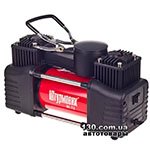 Buy
Buy
-
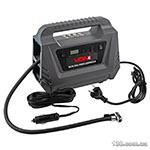 Tire inflator VOIN VC-220 AC/DCBuy2449 ₴ 1801 ₴
Tire inflator VOIN VC-220 AC/DCBuy2449 ₴ 1801 ₴















